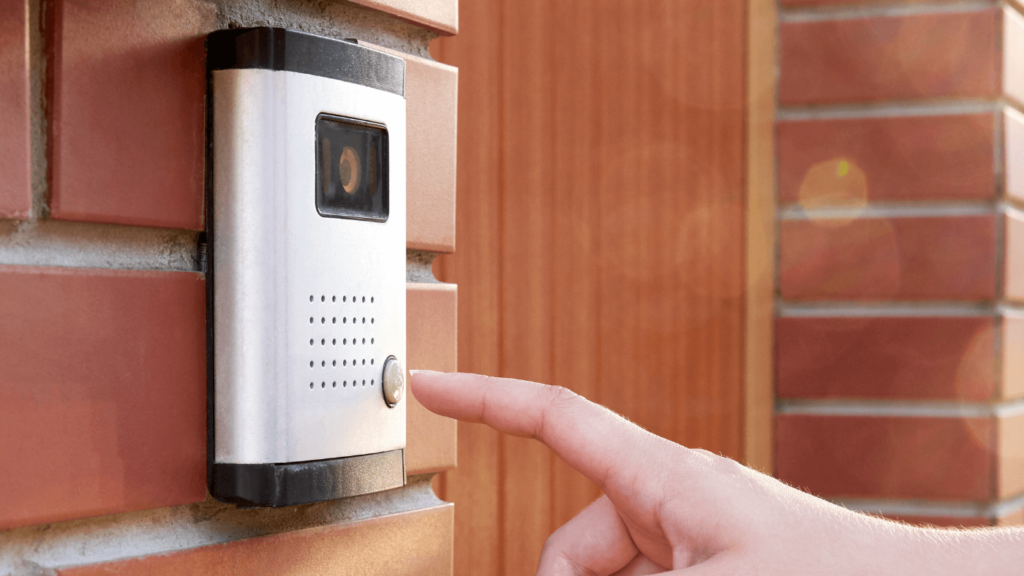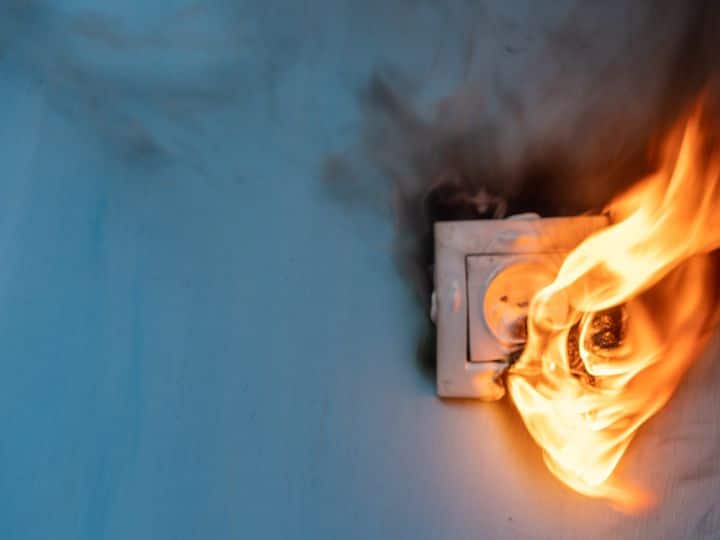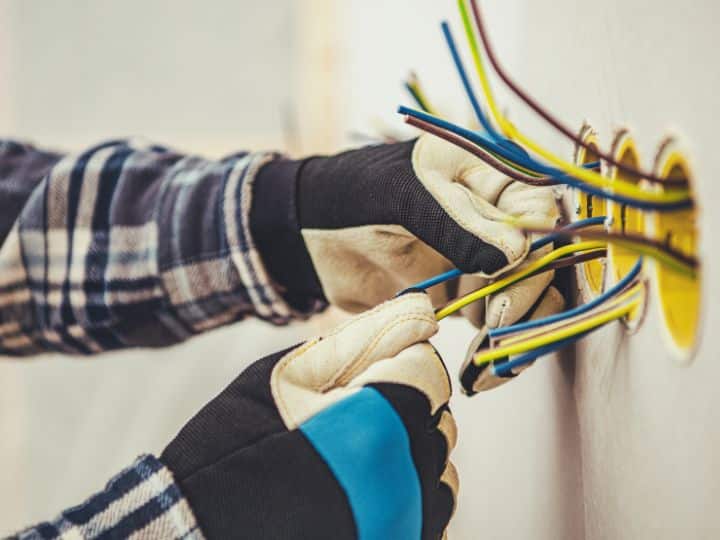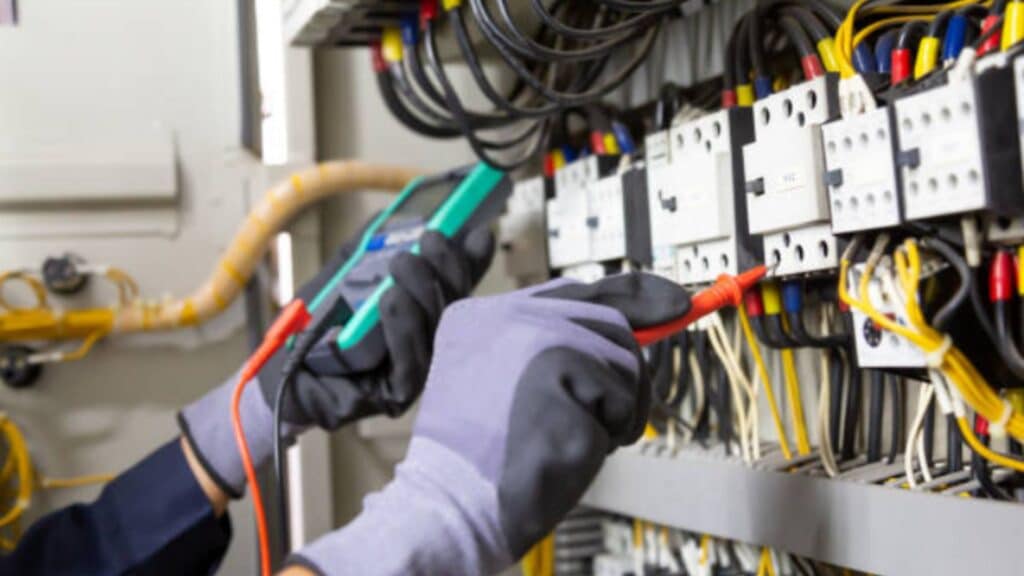A home intercom system is a standalone communication system used within a building or a small collection of buildings. It functions independently of the public telephone network. The main purpose of an intercom is to provide a line of communication from one part of the residence to another.
A home intercom, also known as a house intercom or residential intercom, is a communication system installed within a home that allows for easy communication between different rooms or areas of the property.
Intercom systems typically consist of at least two components: a master station and one or more substations. The master station serves as the central control point, often featuring controls to communicate with, call, or monitor the substations. Substations are typically smaller devices installed in various locations around the home.
Here’s how it works: When someone speaks into a substation, their voice is transmitted to the master station or other substations, allowing for easy communication without needing to physically move to another room. This can be particularly useful in large homes or for individuals with mobility issues.
Modern home intercom systems may also include additional features such as video capabilities, connections to doorbells or entry systems (allowing you to see and/or speak to visitors before letting them in), integration with other smart home devices, and more. Some systems are wired, requiring physical cables to connect each component, while others are wireless, using radio waves or Wi-Fi to transmit signals.
Here’s a basic overview of how a home intercom system works:
Master Station:
This is the central control panel for the intercom system. It’s usually located in a common area of the house, like the kitchen or living room. From here, you can communicate with any of the other stations in the system.
Substations (or Room Stations):
These are the individual units placed throughout the house. They can send and receive audio (and sometimes video) to/from the master station and sometimes between each other.
Operation:
When someone speaks into a substation, their voice is converted into an electrical signal. This signal travels along a wired or wireless connection to the master station or other substations, where it’s converted back into sound. Some systems allow for two-way communication, while others are one-way only.
Power Source:
Intercom systems are typically powered by electricity, either through a direct connection to the home’s electrical system or via batteries.
Wired vs. Wireless:
Wired intercom systems require physical cables to connect each station. This can make installation more complex, but they often provide a clearer signal. Wireless systems use radio waves to transmit signals, making them easier to install and more flexible in terms of placement, but they may be subject to interference.
Additional Features:
Modern intercom systems may include features like video communication, integration with door locks (allowing you to unlock your door remotely), connections to your phone or other smart devices, and more.
Remember, the specific workings of your intercom system vary depending on the model and type of system you have installed. Always refer to the manufacturer’s instructions for specific information about your system.




